Infrastructure Modernization
NNSA is long overdue for infrastructure upgrades to create a modern nuclear security enterprise, reducing risk to the mission and improving worker, public, and environmental safety. More than half of NNSA’s facilities are over 40 years old, nearly 30 percent date back to the Manhattan Project era, and 13 percent are currently excess and no longer needed. Guided by an updated infrastructure roadmap, in 2017 NNSA leveraged new management tools to prioritize investments across the enterprise. NNSA continued to meet the long-term challenge of modernizing our infrastructure and providing high-quality facilities for a high-quality workforce with progress on the following projects.
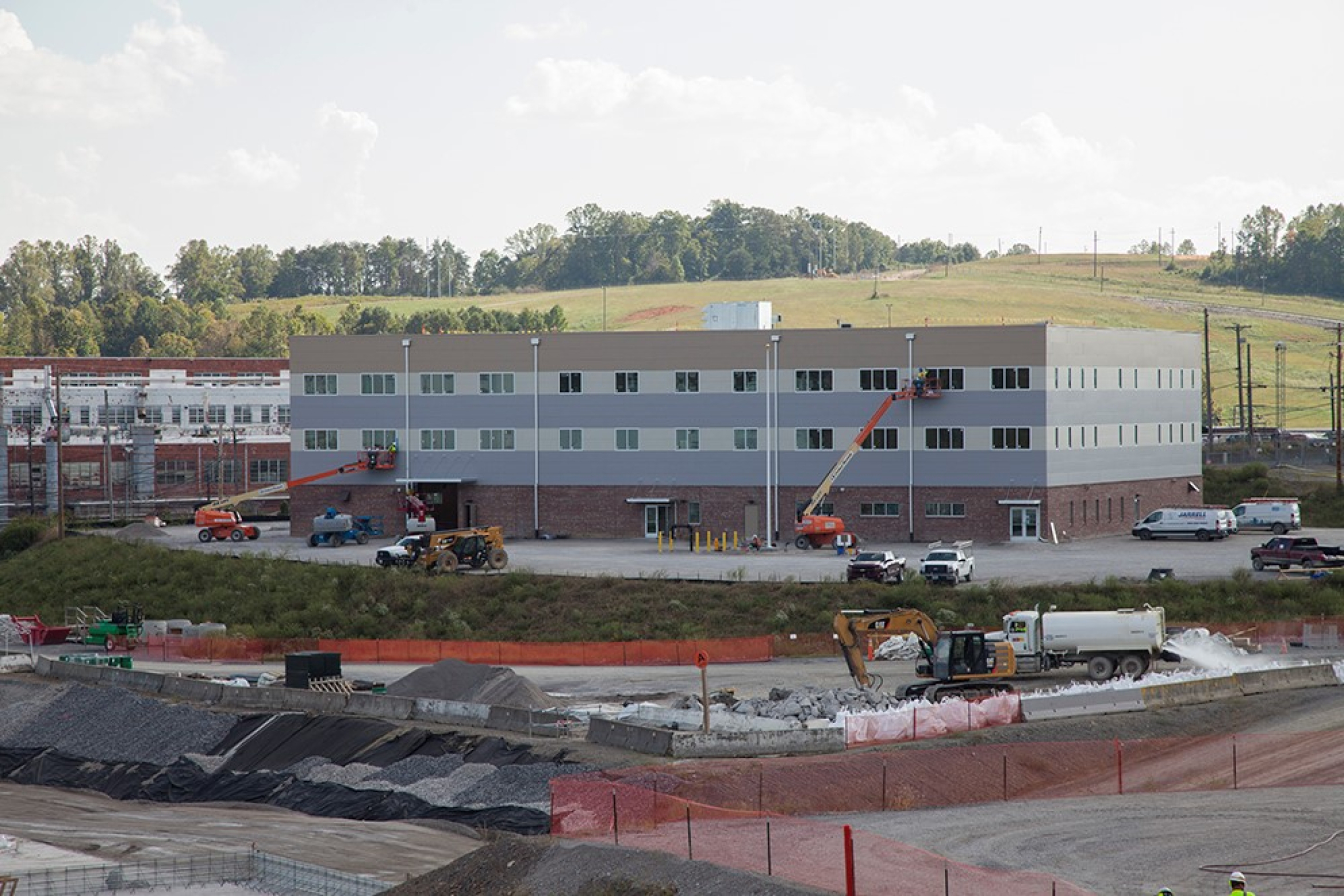
The new Construction Support Building at Y-12’s Uranium Processing Facility
- The Uranium Processing Facility (UPF) at the Y-12 National Security Complex achieved 90 percent design, which is required to baseline the cost and schedule of nuclear projects, and completed the Construction Support Building (CSB). The completion of the $27.5 million CSB on time and $5 million under budget marks a major milestone for the project, which will replace an early-Cold War plant with a modern, more efficient, and safer facility for conducting highly-enriched uranium operations at Y-12.
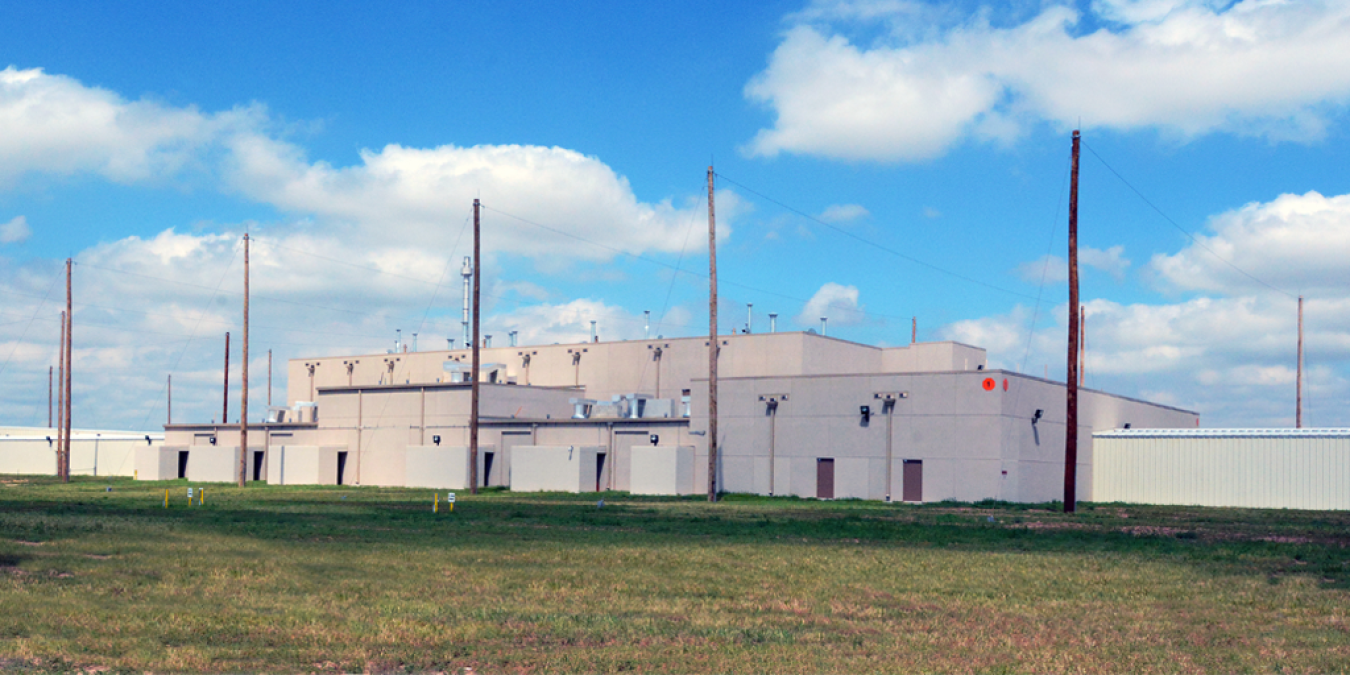
The High Explosive Pressing Facility (HEPF) at the Pantex Plant
- NNSA approved Critical Decision-4 (CD-4) at the High Explosive Pressing Facility (HEPF) at the Pantex Plant, signaling construction completion and starting the transition from project stage to full operations. NNSA broke ground on the new 45,000 square-foot state-of-the-art facility in 2011. Completion of HEPF will allow for improved safety, security, quality, and increased production efficiency of high explosives at Pantex.
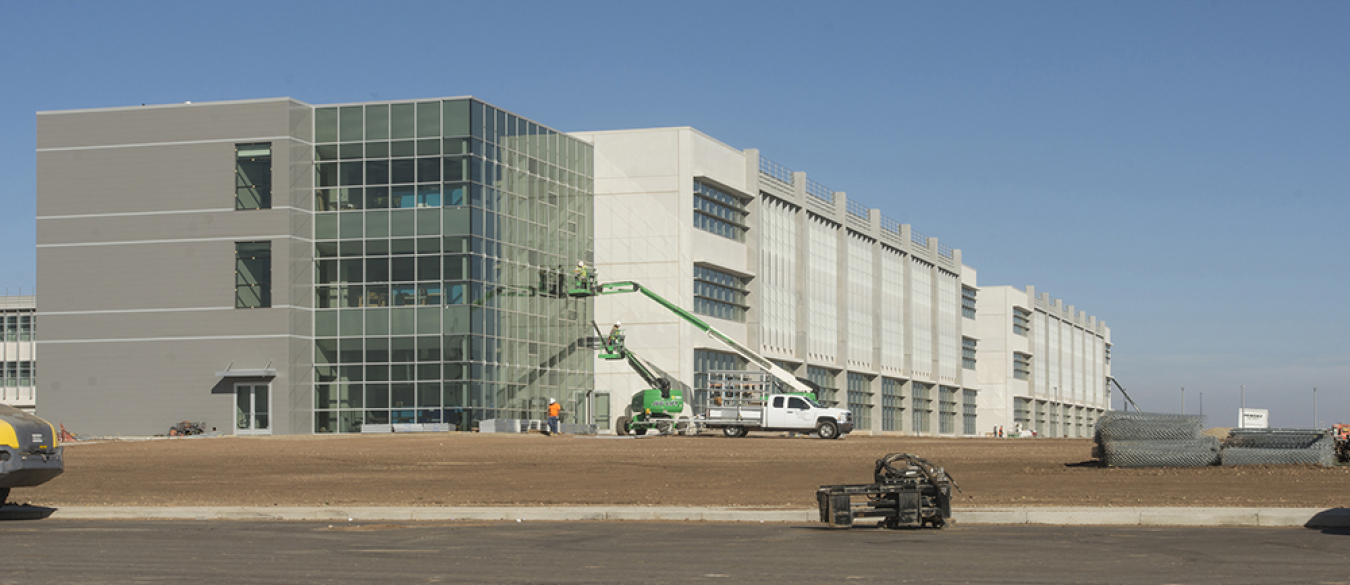
The Pantex Administrative Support Complex
- Construction of the Pantex Administrative Support Complex (ASC) continued on track. This facility is being built by a private developer using third-party financing. When complete, roughly 1,000 employees will be able to move out of 1950s-era buildings into a modern, energy-efficient workspace. The ASC will also eliminate roughly $20 million in deferred maintenance at Pantex.
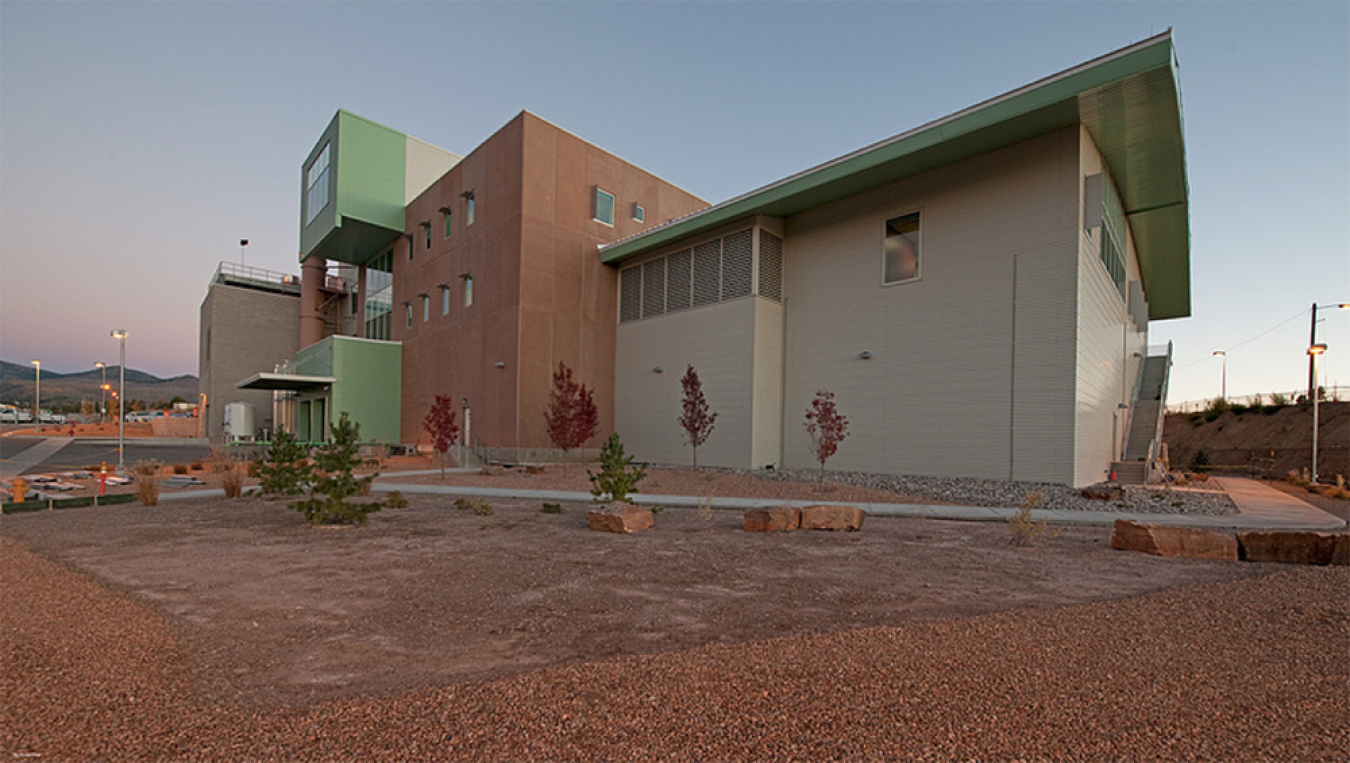
The Radiological Laboratory Utility Office Building, part of the Chemistry and Metallurgy Research Replacement project
- Two critical subprojects for the Chemistry and Metallurgy Research Replacement (CMRR) project at Los Alamos National Laboratory are on track to achieve the CD-4 milestone on budget and schedule. CMRR will make it possible for mission-critical technical capabilities, such as analytical chemistry, materials characterization, and metallurgy research and development, to be relocated to modern laboratory facilities that meet or exceed current safety and environmental protection standards.
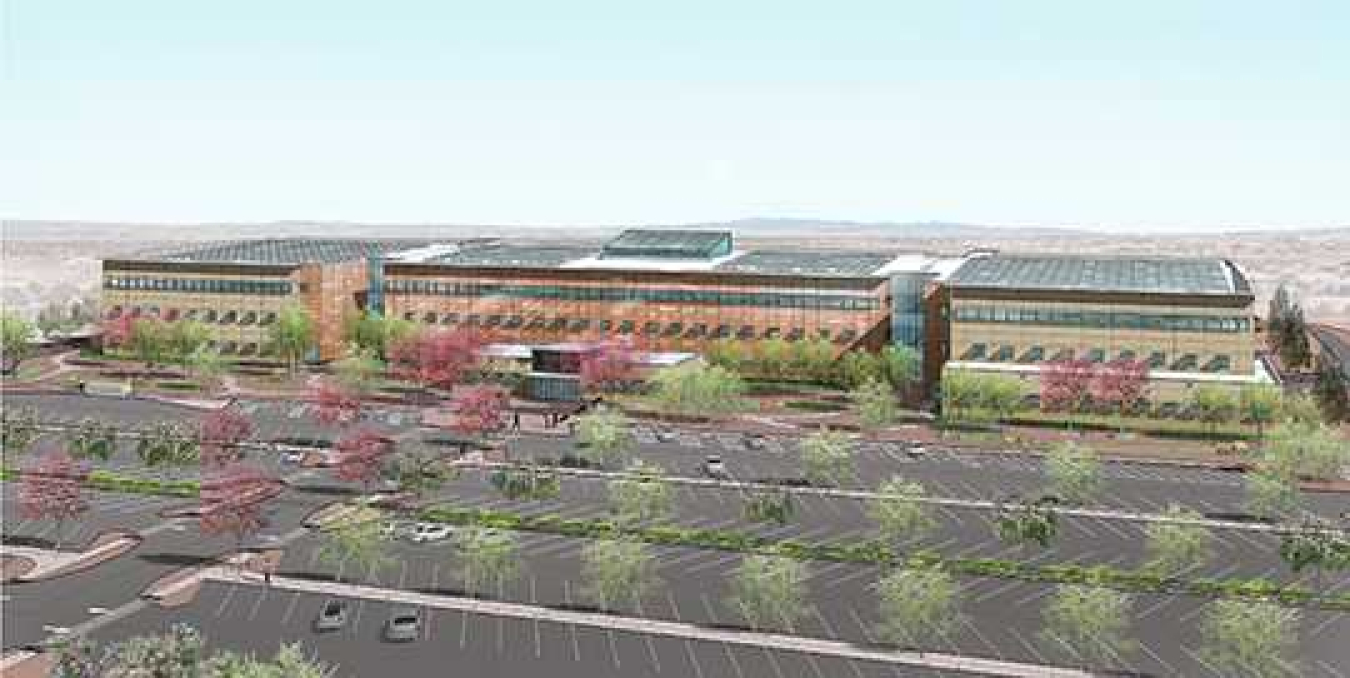
Artist’s rendition of the Albuquerque Complex Project
- Working with the U.S. Army Corps of Engineers, NNSA completed the 90 percent design phase for the Albuquerque Complex Project, an important milestone on the path to a modern and efficient facility for over 1,000 DOE and NNSA employees in New Mexico.
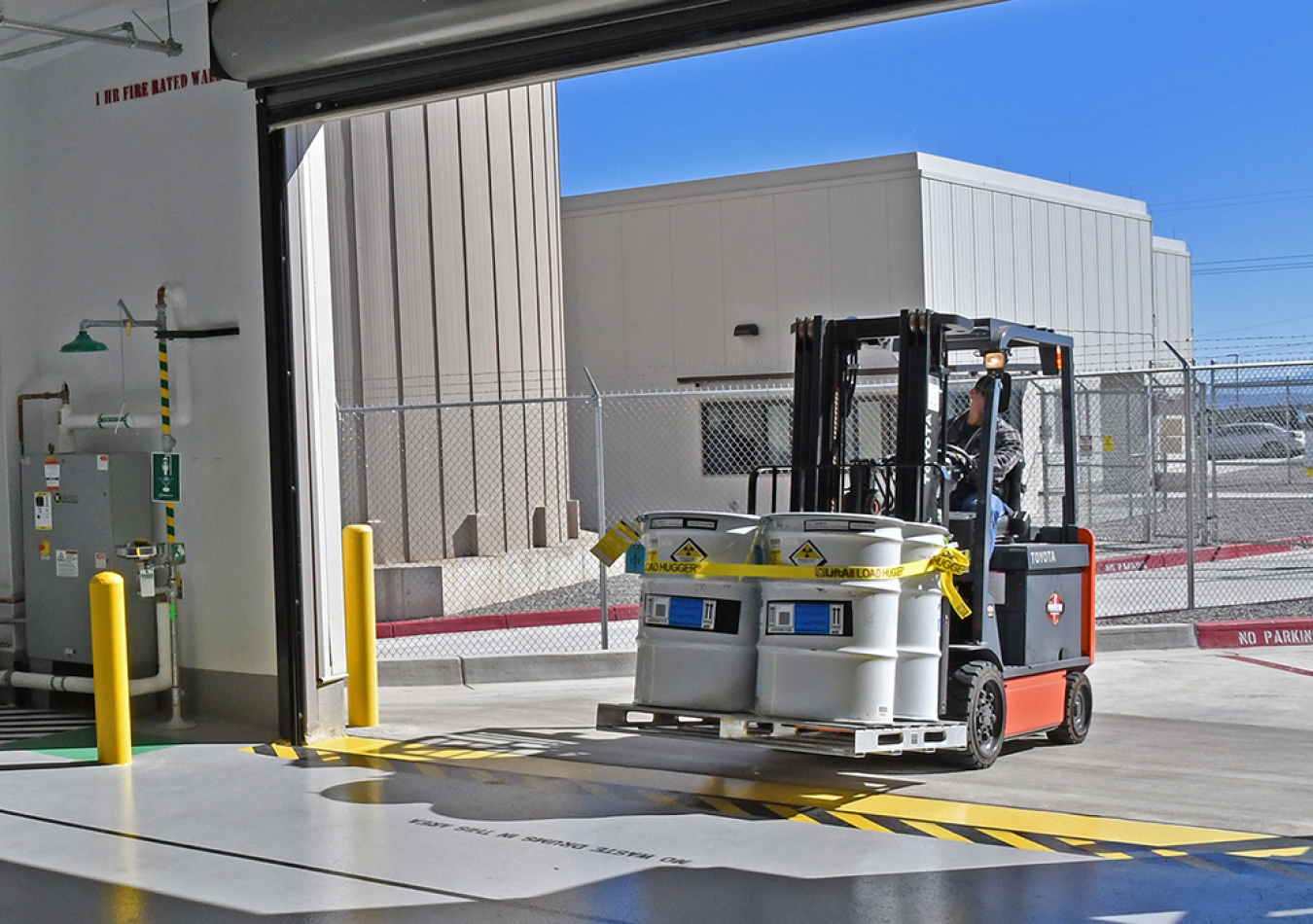
The new Transuranic Waste Facility at Los Alamos National Laboratory
- NNSA approved the start of operations at the Transuranic Waste Facility at Los Alamos National Laboratory (LANL) in September, completing the project $2 million under budget and four months ahead of schedule. The facility will safely store transuranic solid waste from LANL in accordance with nuclear facility requirements.
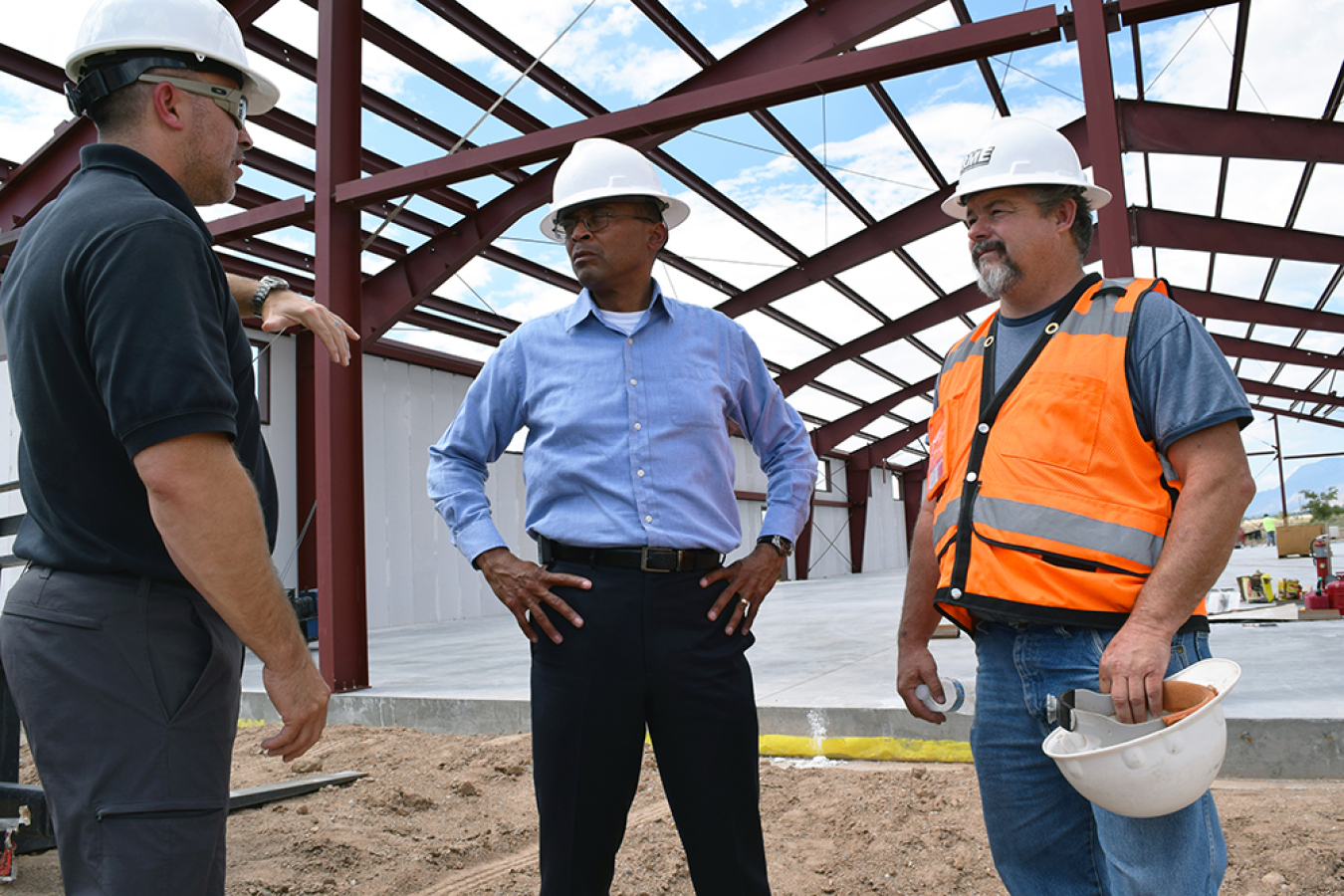
OST Western Command Director Timothy Oswald, left, and OST Assistant Deputy Administrator Vince Fisher, center, at a future training facility
- A modern training facility for the Office of Secure Transportation (OST) is under construction at Kirtland Air Force Base in Albuquerque, N.M. On schedule and on budget, the facility will prepare OST agents to achieve their vital national security mission.
- A groundbreaking was held at the Nevada National Security Site (NNSS) for the Mercury Modernization program. Mercury serves as the “base camp” for NNSS, housing facilities such as the operations command center, a fuel station, office buildings, and others. The modernization effort will consolidate facilities into a smaller footprint, reducing energy costs and providing a modern, sustainable infrastructure.
- Working with the State of Missouri, NNSA transferred excess federal property at the Bannister Federal Complex in Kansas City to private developers. The transfer will save taxpayers hundreds of millions of dollars and will lead to further community development.
Acquisition Excellence
NNSA executed more than 2,200 contract actions valued at $12.7 billion in 2017, and successfully awarded over 268 new acquisitions valued at over $33 billion. The most significant of these were the Management and Operating contracts for the Nevada National Security Site in May 2017 and Sandia National Laboratories in December 2016. These newly awarded contracts will provide workforce stability for the next decade and will increase small business utilization at the sites.
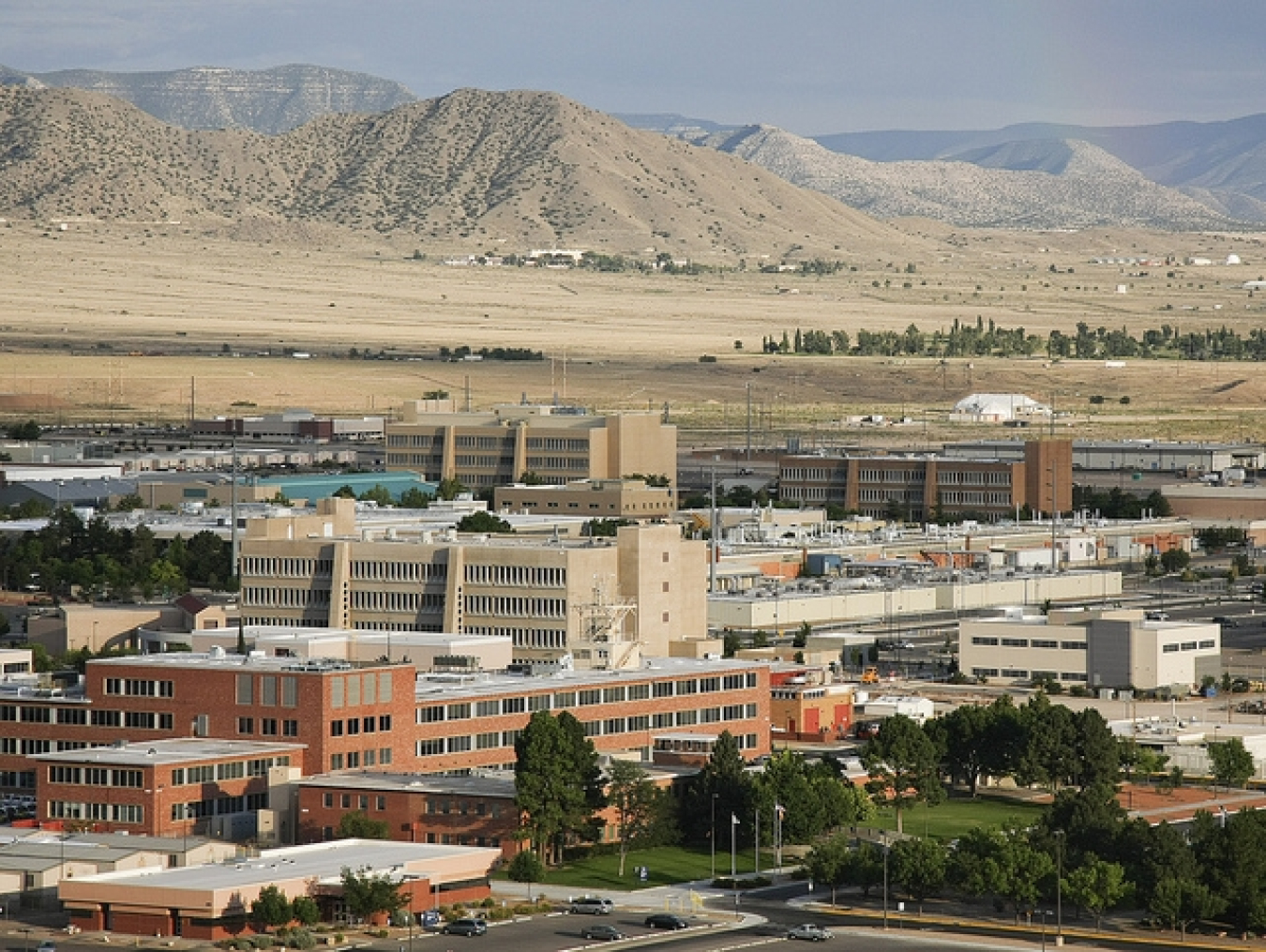
Sandia National Laboratories
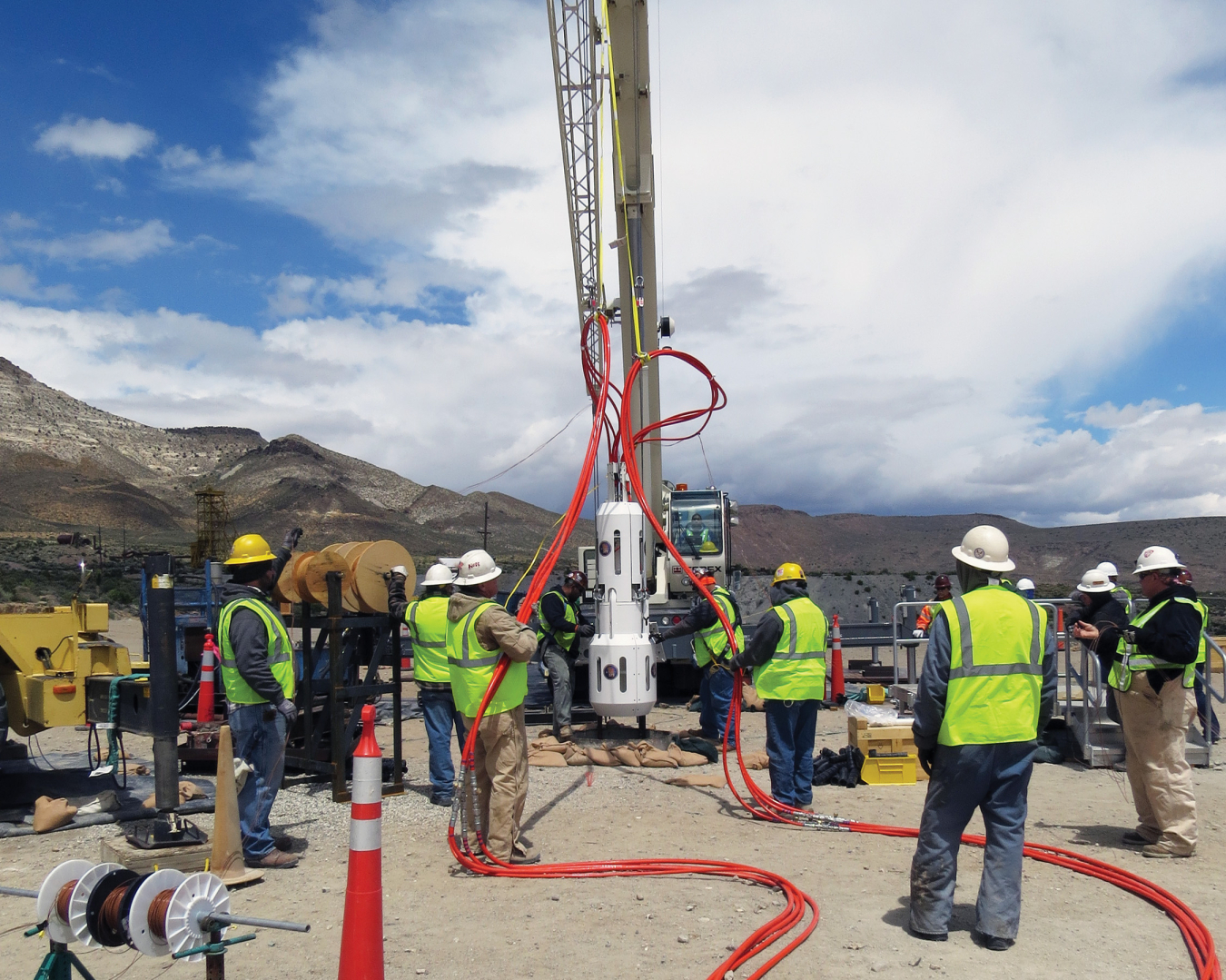
The Nevada National Security Site
Emergency Operations
- In 2017, NNSA chartered the Enterprise Exercise Working Group to coordinate all of the department’s exercise activities and published the first ever five-year exercise calendar.
- NNSA planned, coordinated, and managed DOE’s participation in the 2017 Presidential Inauguration, as well as interagency exercises Gotham Shield, Vital Archer, Eagle Horizon, and Nuclear Weapon Accident/Incident (NUWAIX).
- In 2017, NNSA chartered the Enterprise Exercise Working Group to coordinate all of the department’s exercise activities and published the first ever five-year exercise calendar.
- NNSA planned, coordinated, and managed DOE’s participation in the 2017 Presidential Inauguration, as well as interagency exercises Gotham Shield, Vital Archer, Eagle Horizon, and Nuclear Weapon Accident/Incident (NUWAIX).
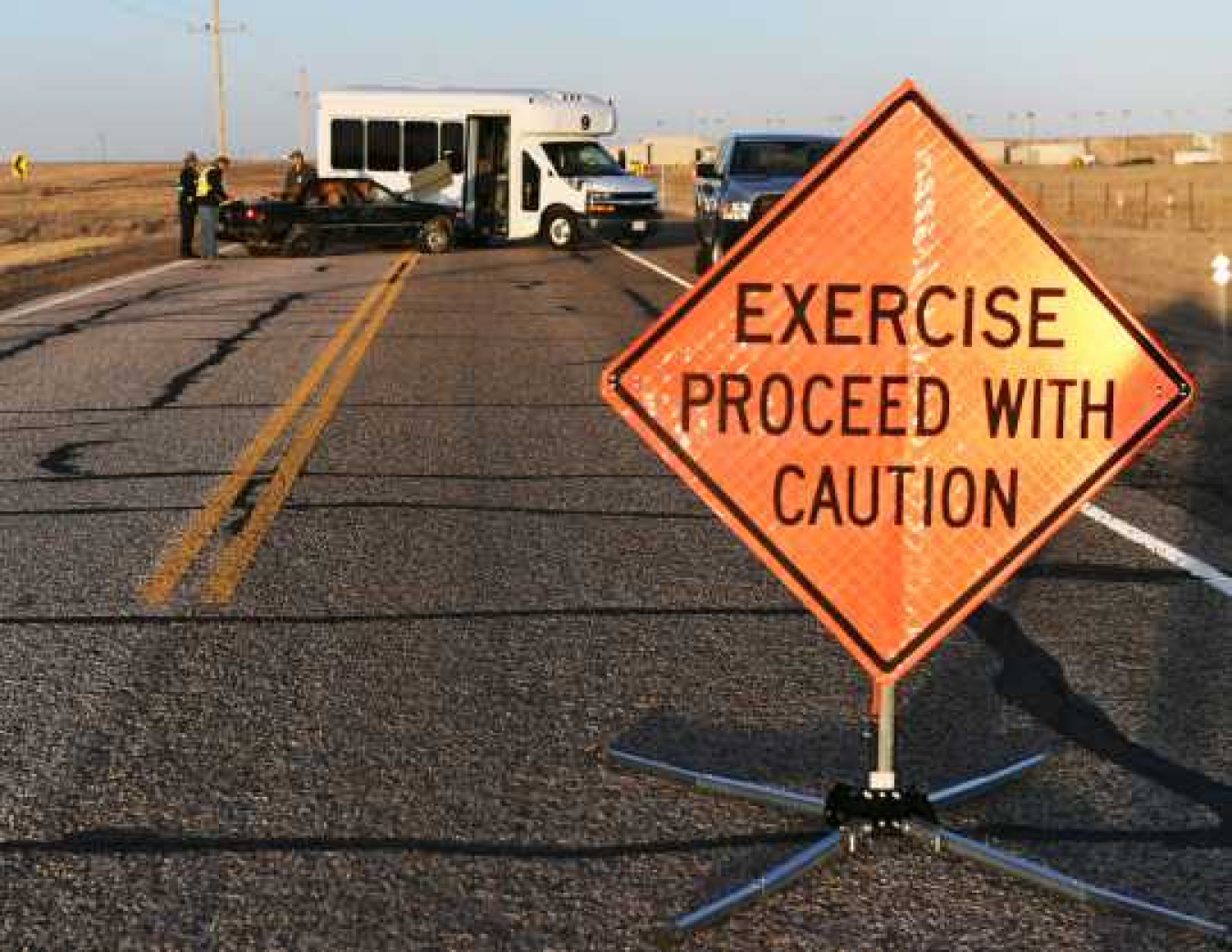
An emergency response exercise at the Pantex Plant
Security Management
NNSA’s missions are carried out in a secure environment with dedicated safeguards and security personnel, layers of physical security technology, and sophisticated cybersecurity systems.
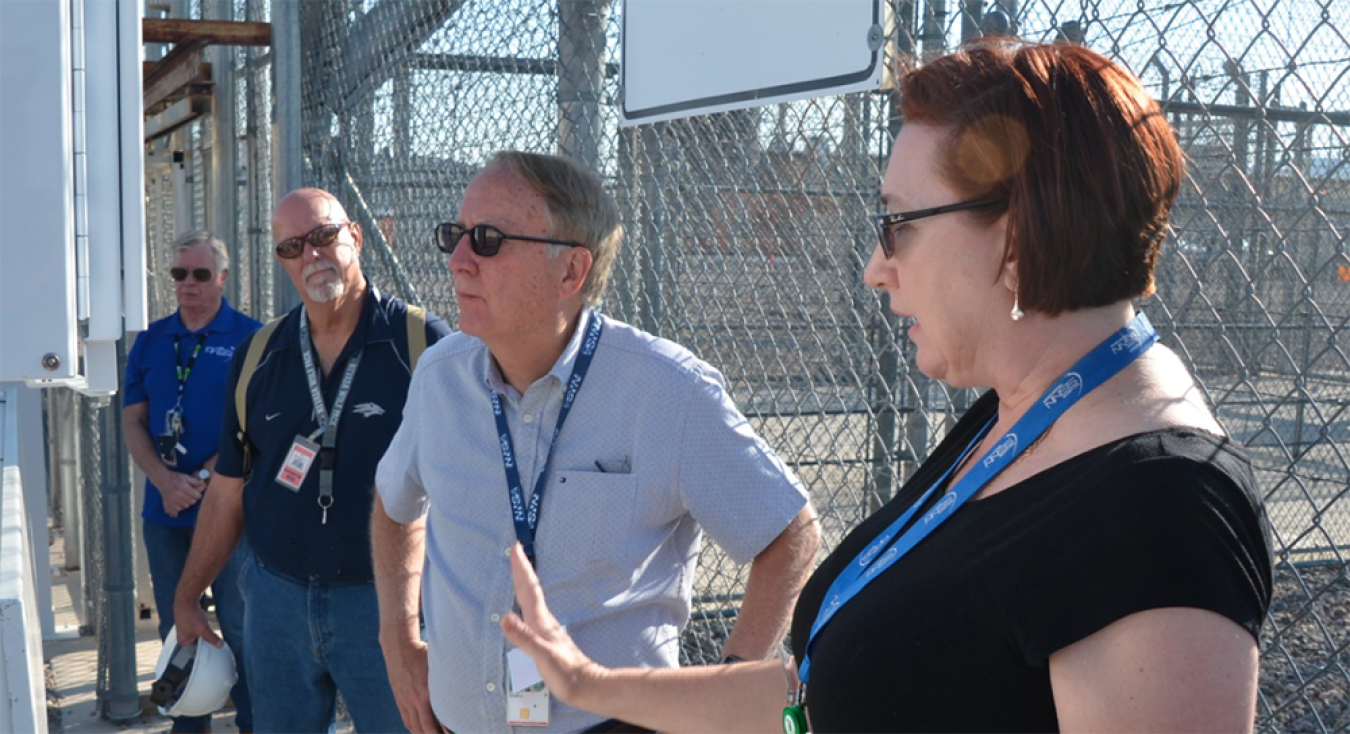
NNSA Administrator Frank Klotz visits the Device Assembly Facility at the Nevada National Security Site
- The Argus Installation Project at Nevada National Security Site’s Device Assembly Facility is nearing successful completion of its Perimeter Protection Subproject. The Argus core system installation is complete and performing well, and the project is currently projecting to finish $2.6 million under budget.
- NNSA kicked off an enterprise-wide security culture campaign with the theme, “Protecting What Is Ours.” The campaign will increase awareness of the individual employee’ps role in protecting the sensitive and classified information. Security professionals are visiting sites across the complex to emphasize individual commitment to a secure environment.
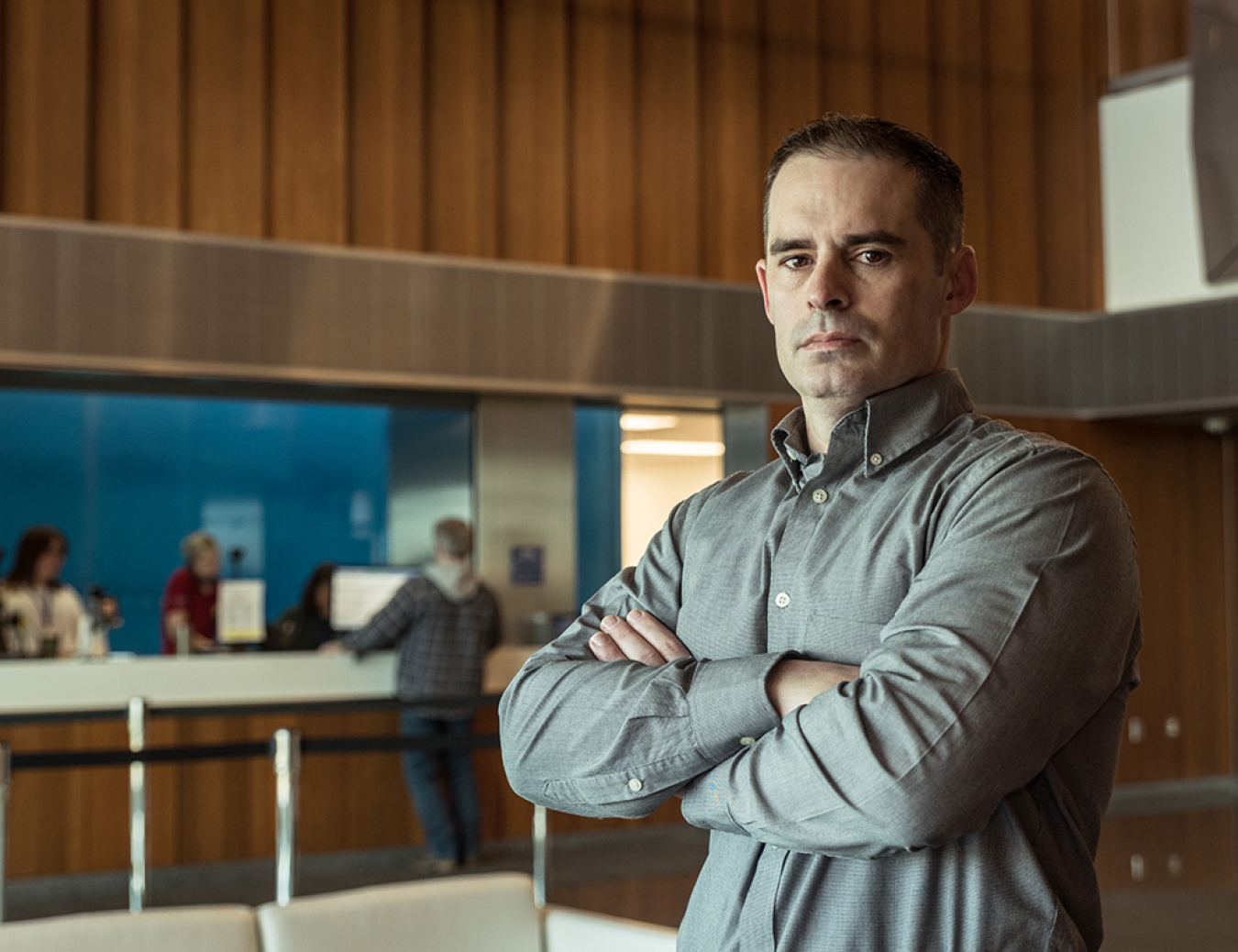
NNSA’s security manager of the year was Shawn Geib of Kansas City National Security Campus
- NNSA published an updated strategic implementation plan for information management in 2017 to support the agency with effective and responsive information technology and cybersecurity solutions. This plan has a three-year horizon and will be revisited annually to ensure rapid response to the evolving imperatives of national security.
- Throughout the year, NNSA conducted intensive testing and evaluation to assess alternatives for a new system to address the increasing threat posed by Unmanned Aircraft Vehicles (UAVs).
- NNSA nominees received honors at the inaugural DOE Security Awards Program for three individual awards including Federal Security Professional of the Year, Contractor Security Professional of the Year, and Security Program Manager of the Year.
Human Capital
NNSA’s greatest asset will always be its workforce. The challenging missions of NNSA require highly skilled and dedicated employees. The agency continues to recruit, train, and retain a diverse and inclusive workforce.
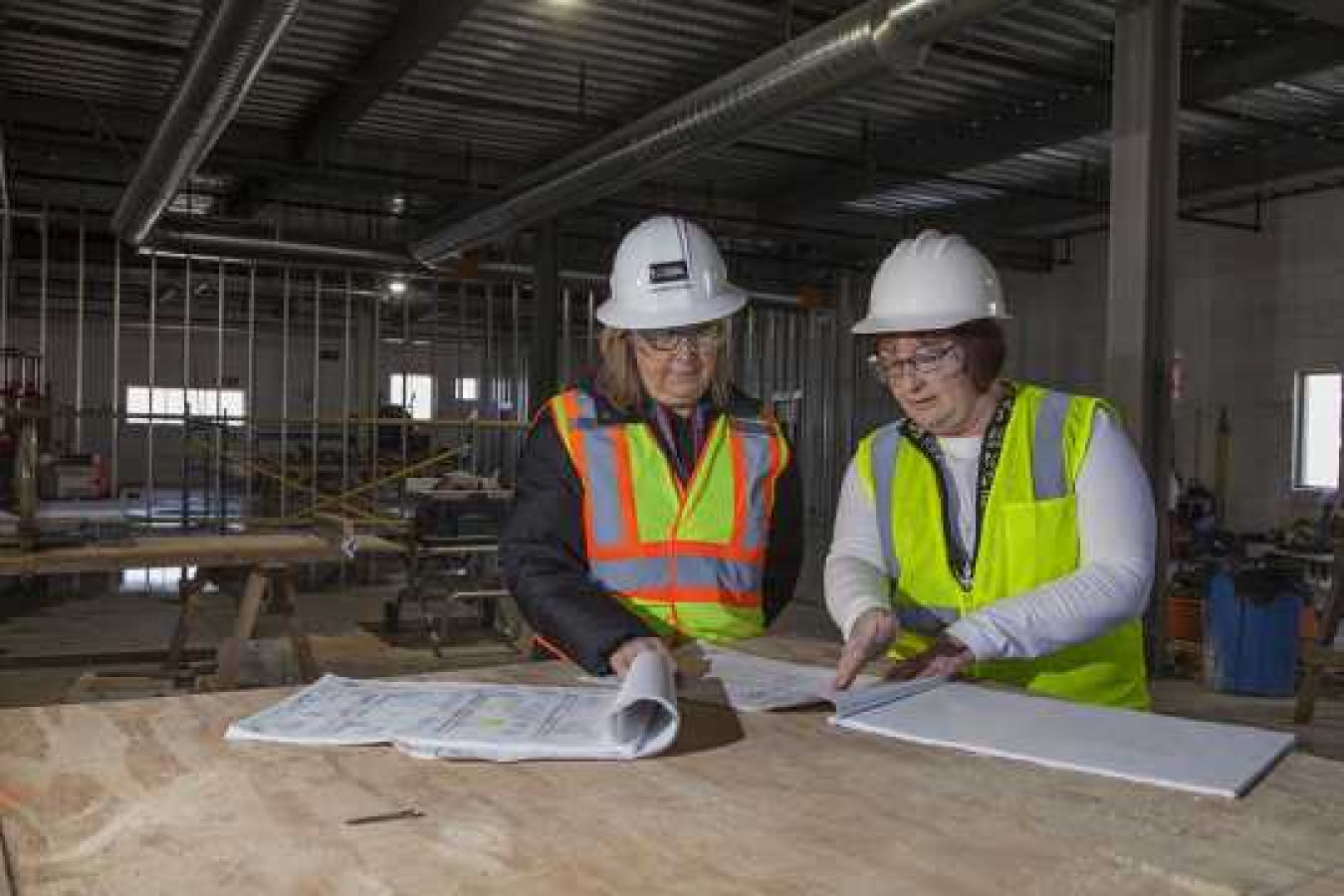
Laurie Folden, left, and Pam Gorman of the NNSA Uranium Processing Facility project office at Y-12 National Security Complex
The annual Federal Employee Viewpoint Survey revealed continuing positive trends in key indices.
- The Employee Engagement Index, which measures the engagement potential of an agency’s work environment, has increased 11.2% since 2013.
- The Global Satisfaction Index, which measures employee satisfaction related to their job, pay, the organization, and whether they would recommend their organization as a good place to work, has increased 12.3% since 2013.
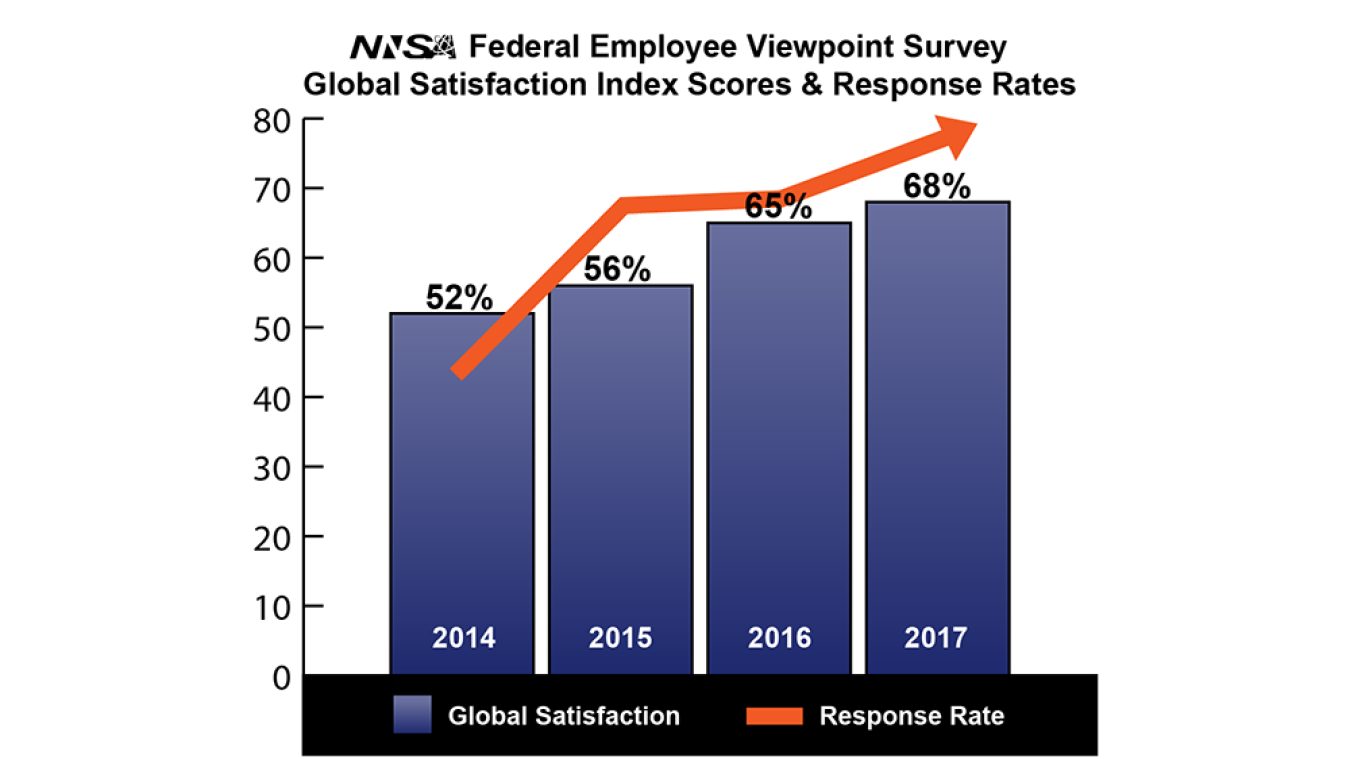
Looking Ahead
NNSA will continue to help ensure U.S. and global nuclear security by maintaining America’s nuclear deterrent, reducing the threat of nuclear proliferation and nuclear terrorism, and providing for naval nuclear propulsion. To fulfill these important and enduring responsibilities, NNSA must continue to modernize its infrastructure, advance its scientific and technical capabilities, and sustain and develop its world-class workforce. The future is dynamic and challenging, but NNSA’s people are fully committed to protecting America’s national security.

